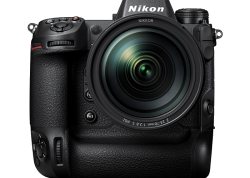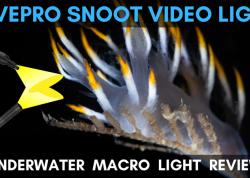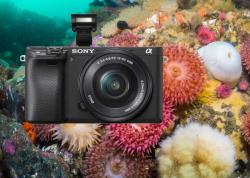Canon RF 14-35mm f/4 Lens Review
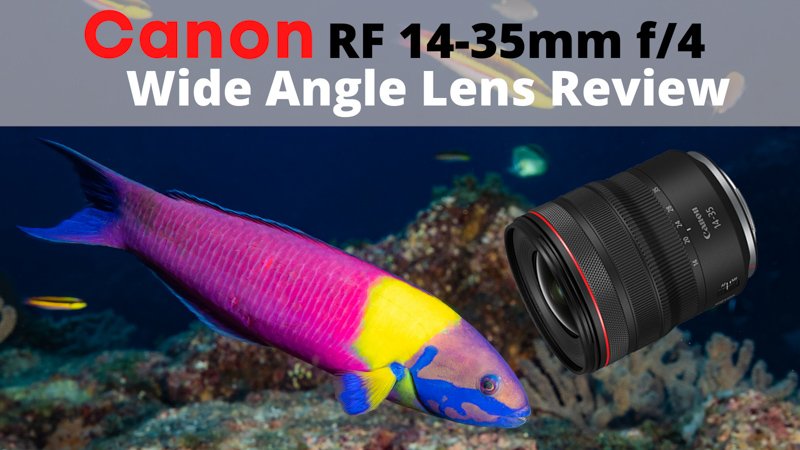
The Canon RF 14-35mm f/4 L IS USM is an incredible rectilinear wide angle lens that clearly manifests the benefits of Canon's RF lens mount technology. Because the RF mount has a shorter flange distance (i.e. the space between the rear lens element and sensor) and a wider diameter, the RF 14-35mm promises sharper corners than other rectilinear wide lenses on EF mounts. But as with everything in underwater photography, submarine optics are tricky. We wanted to see if the benefits of the new RF mount stay true behind a dome port. So we took this lens diving during our underwater photography workshop in the Sea of Cortez with the Canon R5 and put it to the test.
Availability: Available Now!
U.S. MSRP: $1699
Interested in learning more about wide angle lenses? Check out this list of the best wide angle lenses for underwater photography.
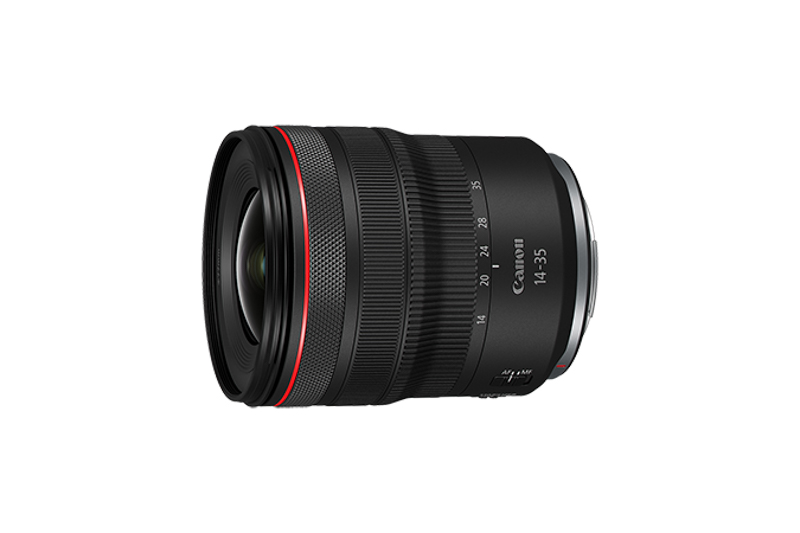
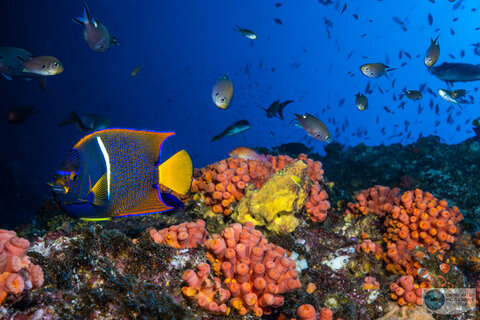
Canon RF 14-34mm f/4 L IS USM Specifications
- 14-35mm focal length
- f/4 - f/22 aperture range
- Minimum focusing distance - 7.9 inches at all focal lengths
- Maximum magnification: 0.38x
- Field of View: 114 degrees (diagonal)
- 16 lens elements in 12 groups
- Three UD-glass elements, three Aspherical elements
- Canon super spectra coating, Canon sub-wavelength structure coating, Canon air sphere coating, fluorine coating on front surface of front element
- 77mm filter size
- 9 aperture blades
- AF/MF toggle switch, optical stabilizer off/on switch
- Weather resistant
- Control ring
- Optical stabilization of 5.5 stops, up to7 stops with IBIS
- Dimensions: 3.3 in X 3.9 in
- Weight: 1.2 lb
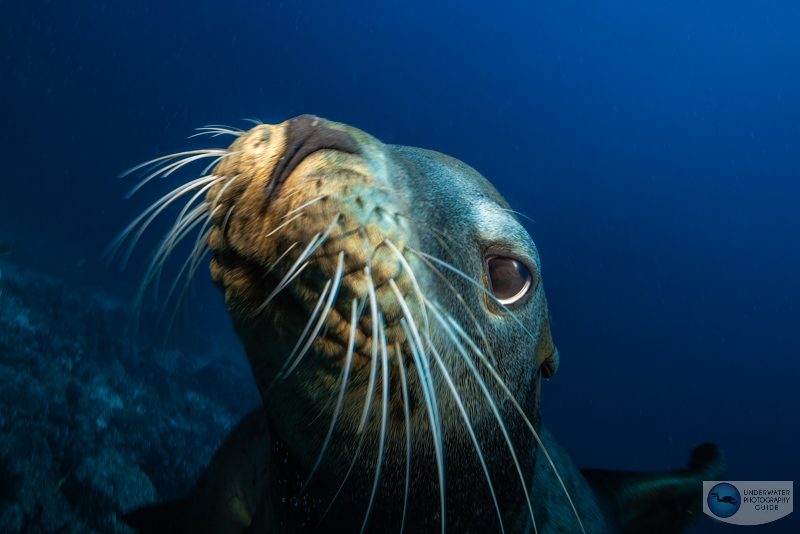
Lens Construction & Build
At four inches in length, the Canon RF 14-35mm is quite compact. It does have a odd shape with the front have of the lens having a wider diameter than the back. But for those looking for a small rectilinear wide lens, this is an excellent option. The lens has a built in control ring for those who want additional control from the lens (e.g., aperture, shutter speed, etc). There is an AF-MF toggle switch and a switch to turn the optical stabilization on or off. The switches are quite firm so there is minimal danger of accidentally hitting a switch while place the lens into a port. The lens is weather resistant and I don't think a couple of drops of water on the outside of the lens would harm it.
Overall Image Quality
I was floored by the image quality from the Canon 14-35. I'm not normally a big fan of rectilinear wide lenses, especially behind traditional dome ports. This is because a dome port makes the corners in your image soft when you shoot a rectilinear lens. While this still happened with my 8 inch compact dome port (especially at 14-20mm), it's clear that the RF lens mount does keep the corners sharper than EF rectilinear lenses. Moreover, once you zoom in past 20mm, you hardly notice the corner softness. I was happy shooting reefscapes that I normally would have avoided with an EF lens.
A close focusing distance of 7.9 inches (at all focal lengths!) allows you to get relatively close to your subjects. I was quite surprised how nicely my (fairly small) subjects were separated from the background at 35mm - I was getting a nice bokeh at f/14 on the image below! And check out the sharpness on the wrasse... There's not arguing that this a sharp lens.
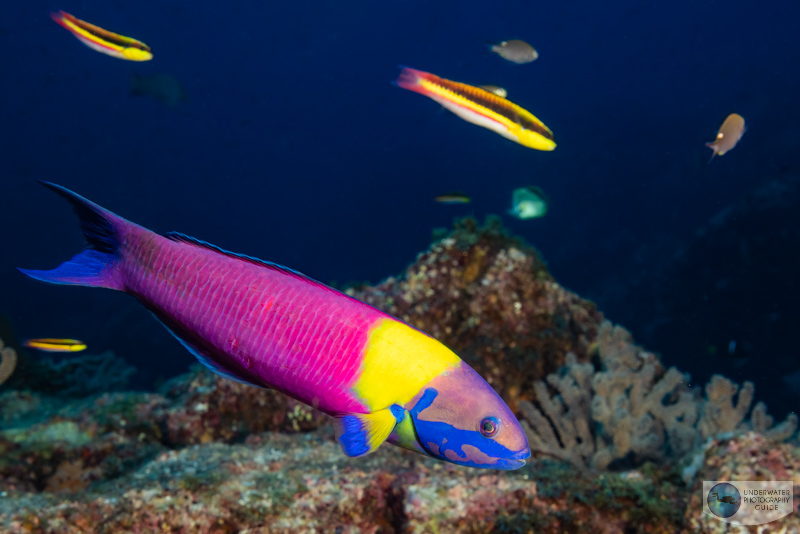
Vignetting @ 14mm - The Achilles Heel
The Achilles heel of this lens is an annoying amount of vignetting at 14mm. It appears this vignetting is from the lens itself and is not fixable by removing a shade. While it is correctible with a crop and perhaps a little distortion in post processing, I found it quite annoying. This is because I would forget about the vignetting and zoom out all the way to 14 mm. In reality the Canon 14-35mm is a great 16-35mm lens. Don't pin your hopes on those wider focal lengths.
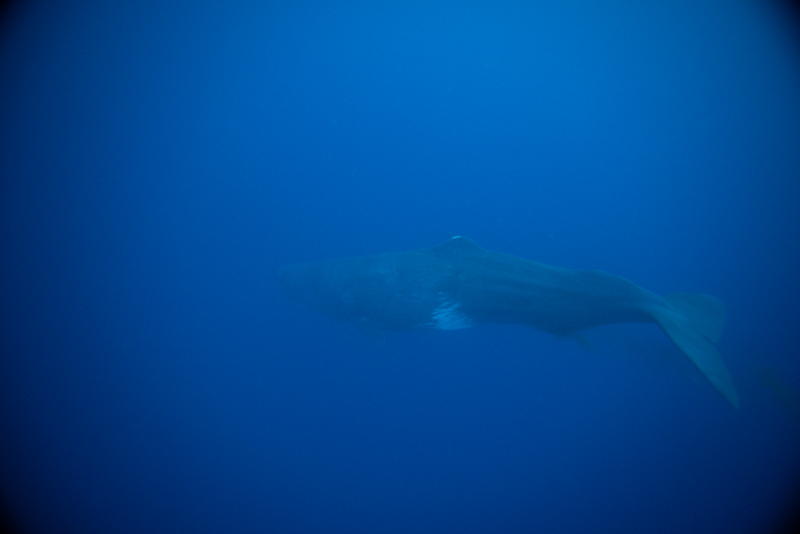
Autofocus Speed
As a native RF lens, when mounted on a Canon EOS R5, the autofocus speed from the Canon 14-35mm f/4 was incredibly fast. I was easily able to track quick subjects like angelfish and cleaner wrasse that were darting around me at cleaner stations. The autofocus tracking works great with this lens and covers 100% of the field of view. I used it most of the time that I was shooting small reef fish. I had a few misses in my autofocus, but I would say my success rate with quick subjects was still an incredible 80%.
With more background seperation on the 14-35mm than you would have with a fisheye lens, it's important to note that it's a little harder to get your autofocus right. It's important to focus on your subject (often a fish) rather than a full reefscape as the depth of field will be shallower at longer focal lengths.
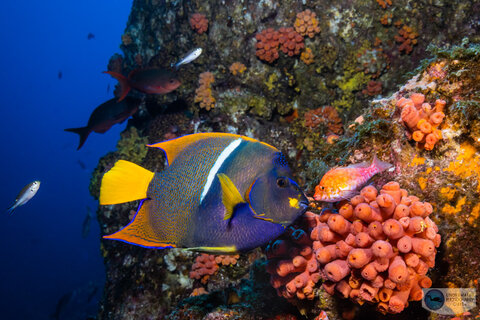
Optical Stabilization
When combined with an in-body image-stabilization system, the Canon 14-35mm can correct up to 7 stops of exposure. This means that you can shoot at very low shutter speeds without getting motion blur from hand holding the camera. It's a very useful feature for photographers shooting in dark water who may need a low shutter speed to get blue in their background color. It's also a great feature for video shooters who need more stable wide angle video.
Ideal Subjects
Normally, a rectilinear wide lens is great for subjects in blue, pelagic water that don't want to get close to you - like sharks, dolphins, whales, schools of fish, etc. However, because the corners are a little sharper with the 14-35mm RF, I found myself using it mostly to shoot fish and reefscapes where the reef fish wouldn't let me get close. It's the perfect lens for photographing shy wrasse, hawkfish, and angelfish.
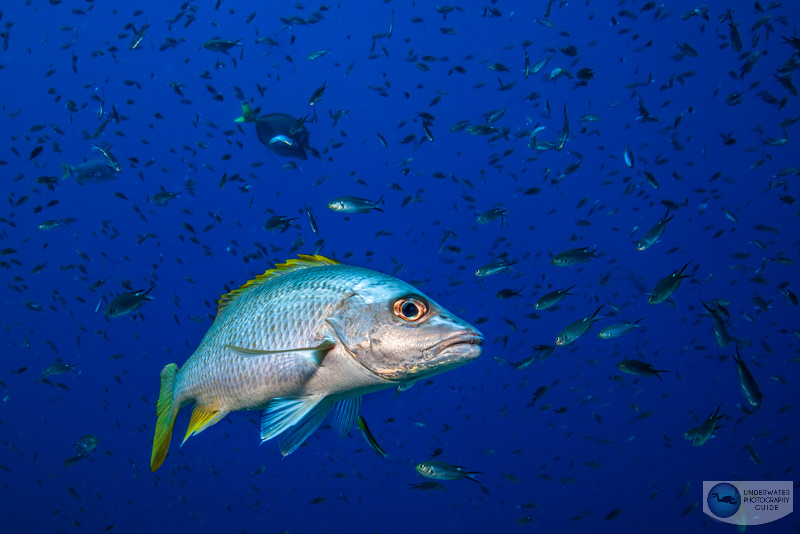
Conclusions
As a fisheye aficionado, I admit I came into this review a bit biased. I'm just not a bit fan of rectilinear wide lenses. But the Canon 14-35mm RF f/4 has me sold. I found the image quality to be incredible, and with beautiful bokeh and background separation at 35mm, I found myself experimenting with shots I wouldn't have in the past. While the lens is still not really a close focus wide angle tool, I found it formidable for shooting reefscapes as well as traditional rectilinear wide subjects like sharks, dolphins, and whales.
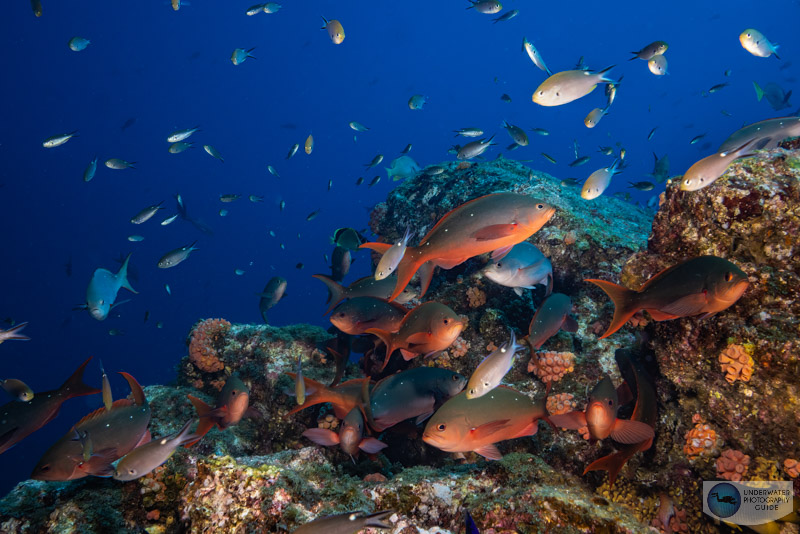
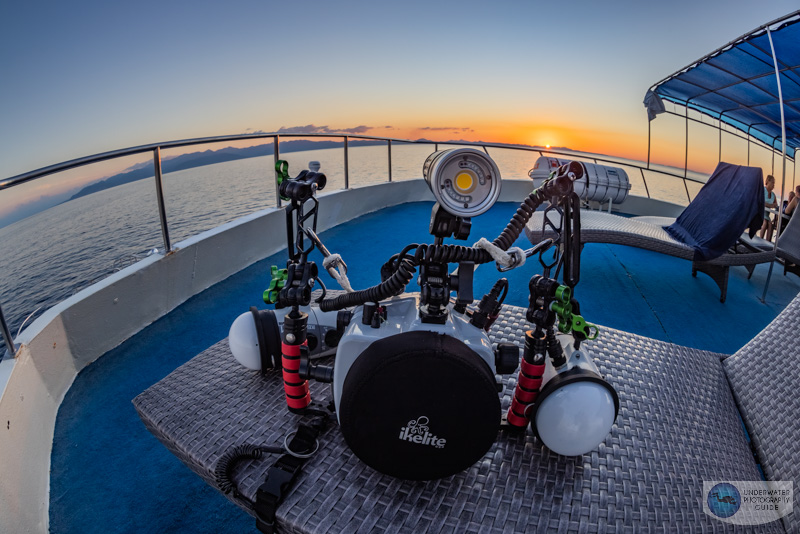
RECOMMENDED ARTICLES
SUPPORT THE UNDERWATER PHOTOGRAPHY GUIDE:
The Best Service & Prices on u/w Photo Gear
 Visit Bluewater Photo & Video for all your underwater photography and video gear. Click, or call the team at (310) 633-5052 for expert advice!
Visit Bluewater Photo & Video for all your underwater photography and video gear. Click, or call the team at (310) 633-5052 for expert advice!
The Best Pricing, Service & Expert Advice to Book your Dive Trips
 Bluewater Travel is your full-service scuba travel agency. Let our expert advisers plan and book your next dive vacation. Run by divers, for divers.
Bluewater Travel is your full-service scuba travel agency. Let our expert advisers plan and book your next dive vacation. Run by divers, for divers.





